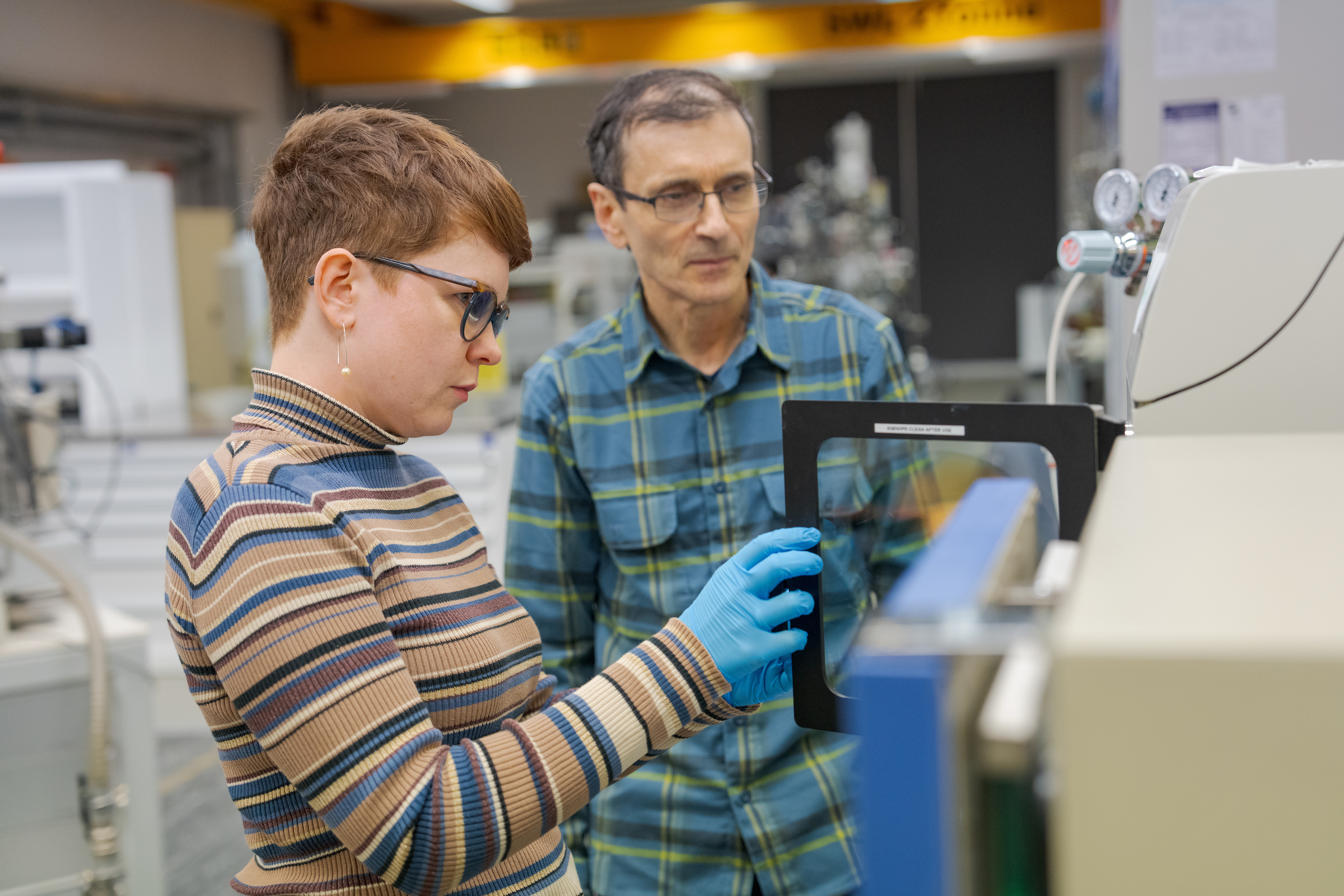
Research projects
Below we list current research topics in RSES, with links to relevant researchers, supervisors and research groups.
Displaying 46 - 60 of 145 project(s).
Fault slip vs. sea sea surface tsunami source inversion. Two approaches to tsunami source inversion: (a) Slip on a fault is assumed and translated to surface deformation, requiring several assumptions about fault...
Magnetotactic bacteria biomineralise magnetic nanoparticles. They are ubiquitous in aquatic environments, so their inorganic remains (magnetofossils) should give rise to sedimentary palaeomagnetic signals. Ancient magnetofossil identifications were sparse until new techniques recently demonstrated their extensive...
science Research area
Group
People
- Dr David Heslop, Researcher
- Professor Andrew P Roberts, Principal investigator
Revising the chlorite geothermometer to understand the formation mechanisms of ore deposits
Exposure dating has revolutionised the study of the history of glaciers and ice sheets. By directly dating glacial debris and eroded bedrock, the timing of the advance and retreat of the ice (a sensitive indicator of climate) can be determined with unprecedented reliability. Dr Timothy T. Barrows is using this...
For more information on this project please visit the GRACE website.
Groundwater is a vital water resource in Australia, and the world, and understanding the dynamics of recharge from and discharge to surface waterways is necessary for using our water resources wisely.
At ANU, we are developing hydrogeochemical methods to understand groundwater dynamics, including...
Small zircon crystals found in sediments from the Jack Hills, Western Australia are the oldest terrestrial materials yet identified and provide a unique perspective on Earth's early history, before the start of the preserved rock record at about 4 Ga. The difficulty is that the most ancient zircons, with ages >4 Ga...
science Research area
The Australian Lungfish is an iconic species. It is an air breathing freshwater fish that may survive up to 100 years and has remained unchanged for 140 million years. However, young fish may not be reaching maturity, leaving an ageing population in terminal decline. We propose to use a novel method for exploring...
Production of the classic Barrovian metamorphic facies series in Scotland was associated with a period mountain building referred to as Grampian orogenesis. Recent geochronological work from the Grampian terrane, Scotland has the Grampian orogenic episode beginning at c . 478 Ma and lasting for less than...
science Research area
The lowermost mantle sits atop the core-mantle boundary – the most dramatic boundary within our planet, with contrasts in physical properties that exceed those that exist at the surface. Despite significant progress, this region is not well understood, and global seismology paves the path towards new understanding.
science Research area
People
- Dr Sima Mousavi, Researcher
- Dr Xiaolong Ma, Researcher
- Professor Hrvoje Tkalčić, Principal investigator
- Professor Hrvoje Tkalčić, Supervisor
- Professor Malcolm Sambridge, Collaborator
- Professor Meghan S. Miller, Supervisor
- Professor Rhodri Davies, Collaborator
High-temperature gases are found in many environments on Earth and other planets, but they have been overlooked because they leave little trace. These projects aim to investigate these gases in magmas, volcanoes and metamorphic rocks using geochemistry and mineralogy of natural samples and experiments.
Pyrochlor is the main ore mineral for the critical metal niobium, and is most commonly found in carbonatites. This project aims to use experimental petrology to understand the conditions under which economic deposits of pyrochlor can form, during crustal evolution of carbonatite magmas.
The magnetism of sediments provides information on the past behaviour of the Earth's magnetic field. This project will study sediments from the oceans around Australia to understand how the field was recorded and use this information to construct a new generation of computer models that will provide insights into...
science Research area
Group
People
- Dr David Heslop, Principal investigator
- Professor Andrew P Roberts, Principal investigator
Rates of soil formation in North Queensland are being studied on basalt lava flows which are dated by K/Ar. In the semi-arid Hughenden- Charters Towers region (500-600 mm/year rainfall), soils form at rates of ~0.3 mm/1000 years. On the Atherton Tableland, (rainfall 1200-3500 mm/year) rates are significantly faster...
Zealandia, the Earth’s hidden continent submerged in the southwest Pacific Ocean, is the youngest and thinnest geological continent in the world. Yet, how this continent is formed remains to be further explored, mostly due to a poor understanding of its sub-surface structure.
